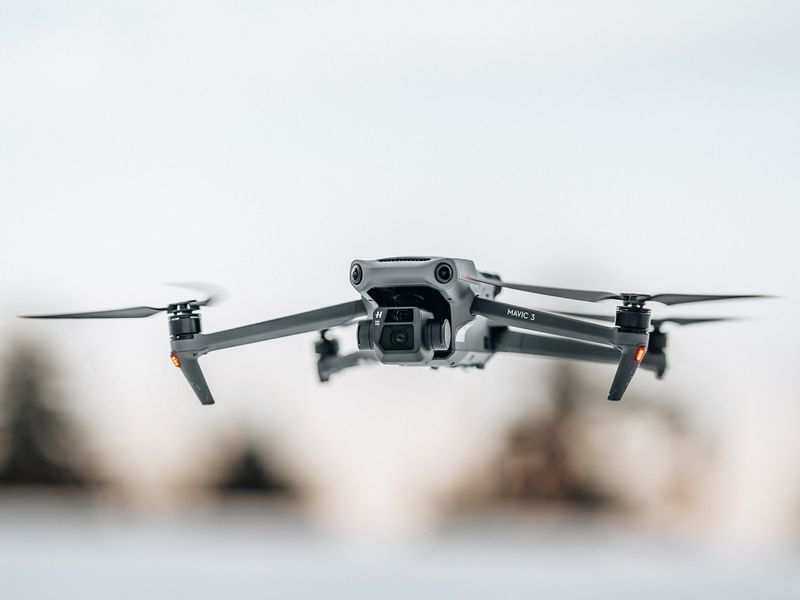Johnson Controls International Suffers Cyberattack
Johnson Controls International (JCI), a leading provider of digital technologies and services for buildings, reported this week that it was the victim of a cyberattack that caused disruptions to its internal IT infrastructure. The attack also affected two of the company’s subsidiaries, Simplex and York, as customer portals and login pages displayed messages of a “technical outage.”
A tweet from Gameel Ali, a researcher at Nextron Systems, indicated that the cybergang Dark Angels was responsible for the attack. The tweet included a ransom note from the group, stating that critical data had been leaked, files encrypted, and backups deleted. The note further urged Johnson Controls International to contact the hackers to settle the matter before any losses occurred. It is reported that the attackers have stolen over 27TB of data and encrypted the company’s VMware ESXi machines in a ransomware attack.
Potential Ramifications on Businesses
Lior Yaari, CEO and co-founder of Grip Security, expressed concerns regarding the impact of this breach on Johnson Controls International’s customers. As the company provides services in industries such as healthcare, airports, hotels, and stadiums, a widespread data breach could have significant consequences for these sectors. If the attackers gain access to the systems deployed by Johnson Controls International’s customers, it could lead to extensive disruption and potentially wreak havoc on a vast number of businesses.
Addressing the Fallout and Financial Implications
In response to the cyberattack, Johnson Controls International revealed in its filing with the US Securities and Exchange Commission (SEC) that it has established an incident management and protection plan. The company aims to mitigate the fallout from the attack and minimize further damage.
While the attack has caused disruptions to internal IT infrastructure, Johnson Controls International stated that its applications remain operational and unaffected. However, the potential financial impact on the company’s fiscal year results is still being reviewed. The full extent of the damage caused by the cyberattack is yet to be determined, and it may take time to ascertain the losses incurred.
Securing Critical Infrastructure
This cyberattack serves as a reminder of the vulnerabilities faced by companies that operate critical infrastructure. As more industries become digitized, the potential consequences of a successful cyberattack become increasingly severe. The attack on Johnson Controls International highlights the importance of adopting robust cybersecurity measures, not only within organizations themselves but also for the systems deployed by their customers.
Furthermore, this incident raises philosophical questions about the responsibility of companies that provide critical services. Should they be held to a higher standard of cybersecurity? As the impact of an attack on these industries can have far-reaching consequences, there is a strong argument that greater efforts should be made to secure these systems and protect against cyber threats.
The Way Forward
This cyberattack on Johnson Controls International serves as a wake-up call for businesses across industries. It demonstrates the ongoing threat of cyber-attacks and the potential for severe disruptions and financial losses. To mitigate the risk of falling victim to such attacks, companies should prioritize the following:
1. Strengthen Cybersecurity Measures
Organizations need to invest in robust cybersecurity infrastructure, including firewalls, encryption protocols, and intrusion detection systems. Regular vulnerability assessments and patch management are crucial in identifying and addressing security weaknesses before they can be exploited.
2. Employee Awareness and Training
Companies should prioritize regular cybersecurity training for employees to educate them about the latest threats and best practices. This includes awareness of phishing scams, password hygiene, and secure data handling procedures.
3. Incident Response and Recovery Plans
Developing an incident response plan is essential to minimize the impact of a cyberattack. This plan should outline the steps to contain, investigate, and recover from a breach effectively. Regular testing and updating of these plans are vital to ensure their effectiveness.
4. Collaborative Approach
Businesses should collaborate with industry peers, cybersecurity experts, and law enforcement agencies to share information and best practices. By working together, organizations can improve their collective defenses against cyber threats.
The Urgency to Address Cybersecurity
The Johnson Controls International cyberattack once again highlights the urgent need for organizations to prioritize cybersecurity. As technology continues to advance and dependence on digital infrastructure grows, cyber threats will persist. Companies must remain vigilant, proactive, and committed to safeguarding their networks, data, and the critical services they provide.

<< photo by Maximalfocus >>
The image is for illustrative purposes only and does not depict the actual situation.
You might want to read !
- Building Global Cybersecurity Networks: Insights from the UK Ambassador
- Creating a Global Network of Cybersecurity Agencies: Insights from the UK Ambassador
- Progress Software Bolsters Security with Patch for Critical Flaws in WS_FTP Server
- OT Security Reinvented: The Ultimate Guide to Safeguarding Operational Technology
- Beware of Beijing’s Technological Dominion: Mayorkas Warns Latin American Leaders
- Decoding the Impact: Making Sense of the 2023 MITRE ATT&CK Evaluation Results
- The Aftermath of Casino Cyberattacks: Analyzing the Impact on MGM Resorts
- Exploring the Fallout: Analyzing the Impact of the Kubernetes Vulnerability on Remote Code Execution.




